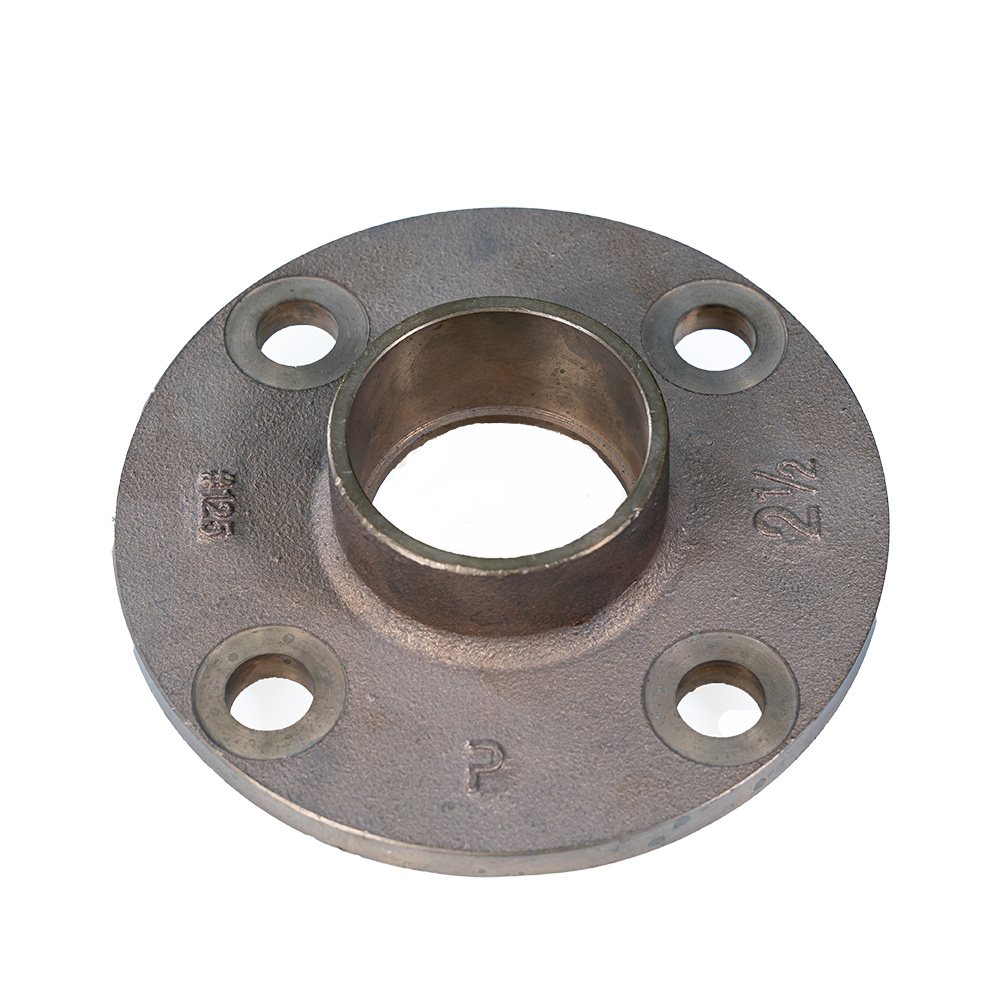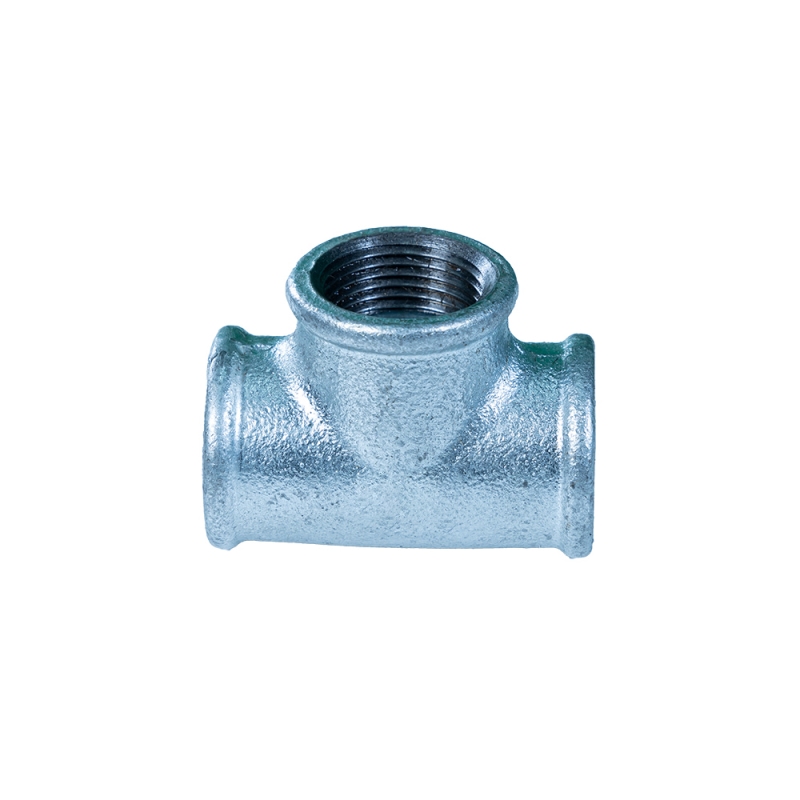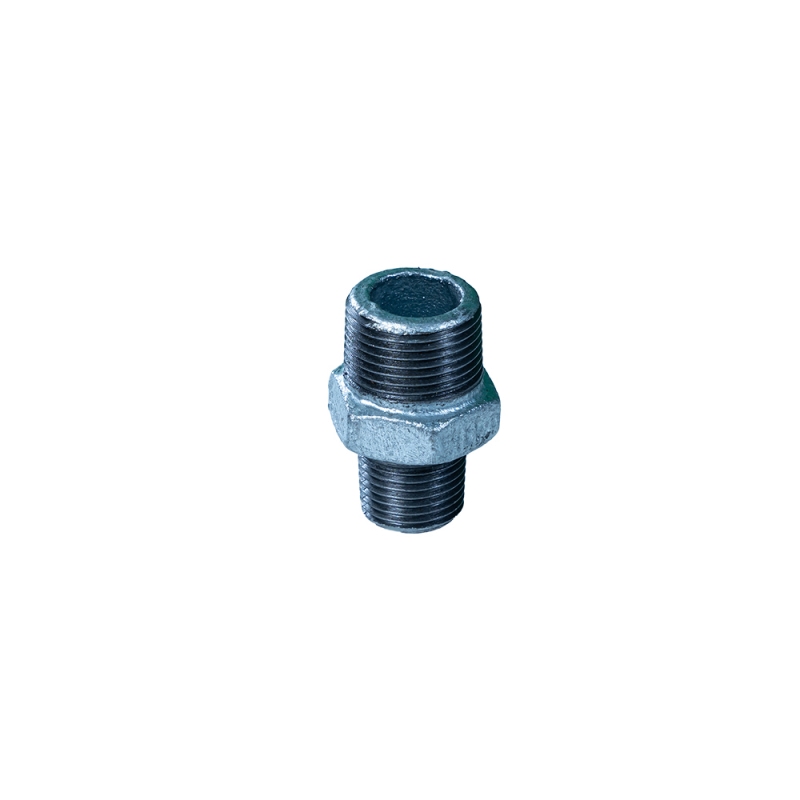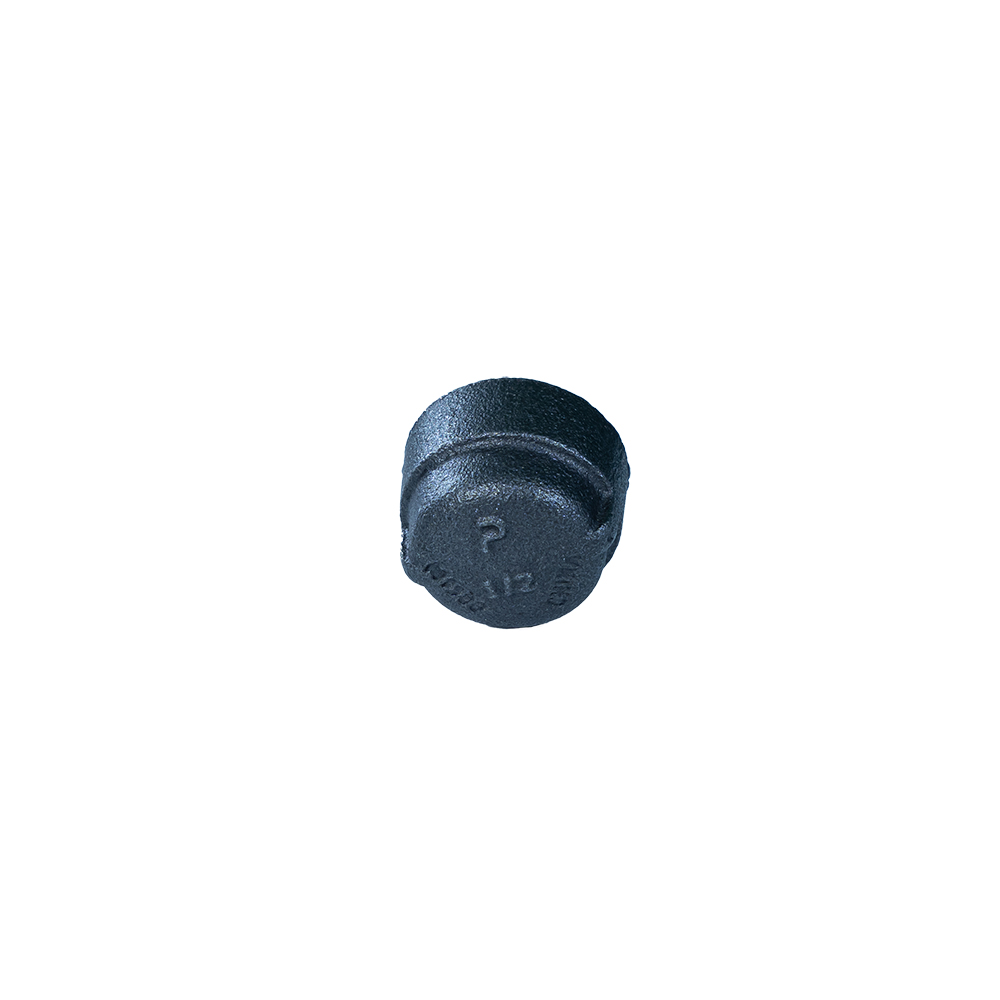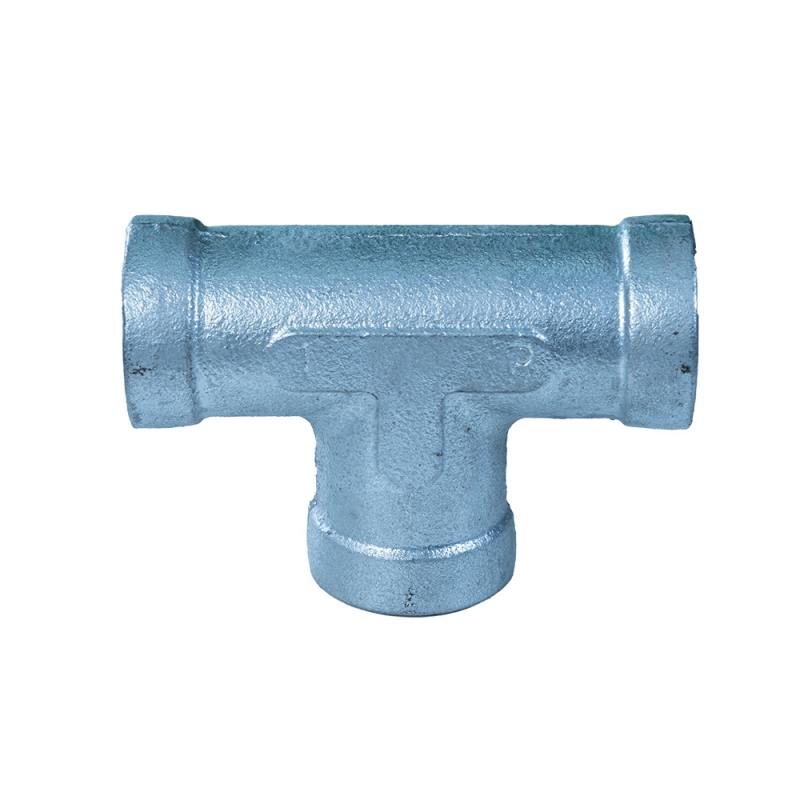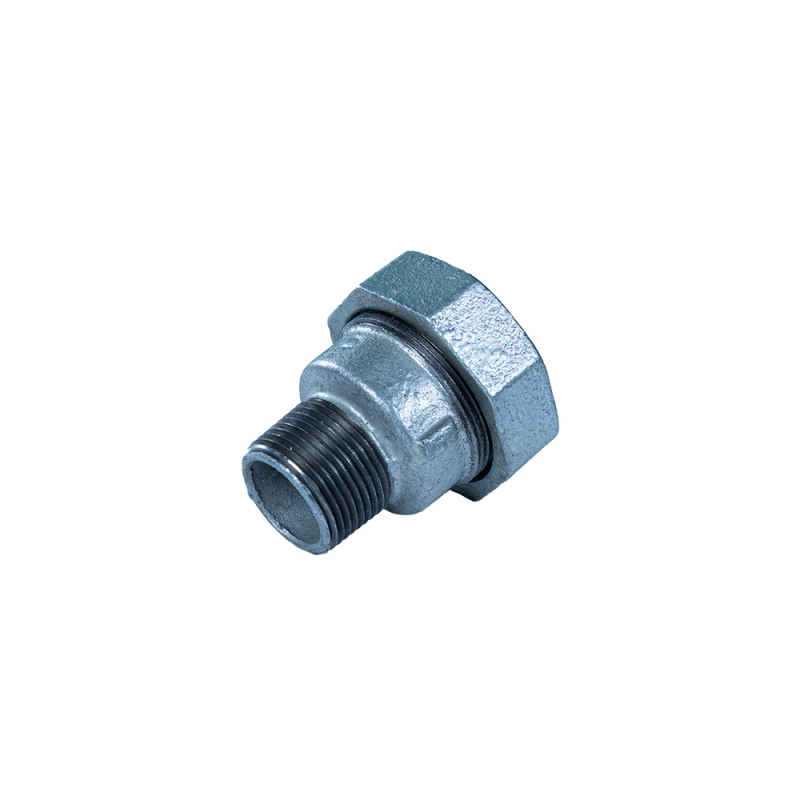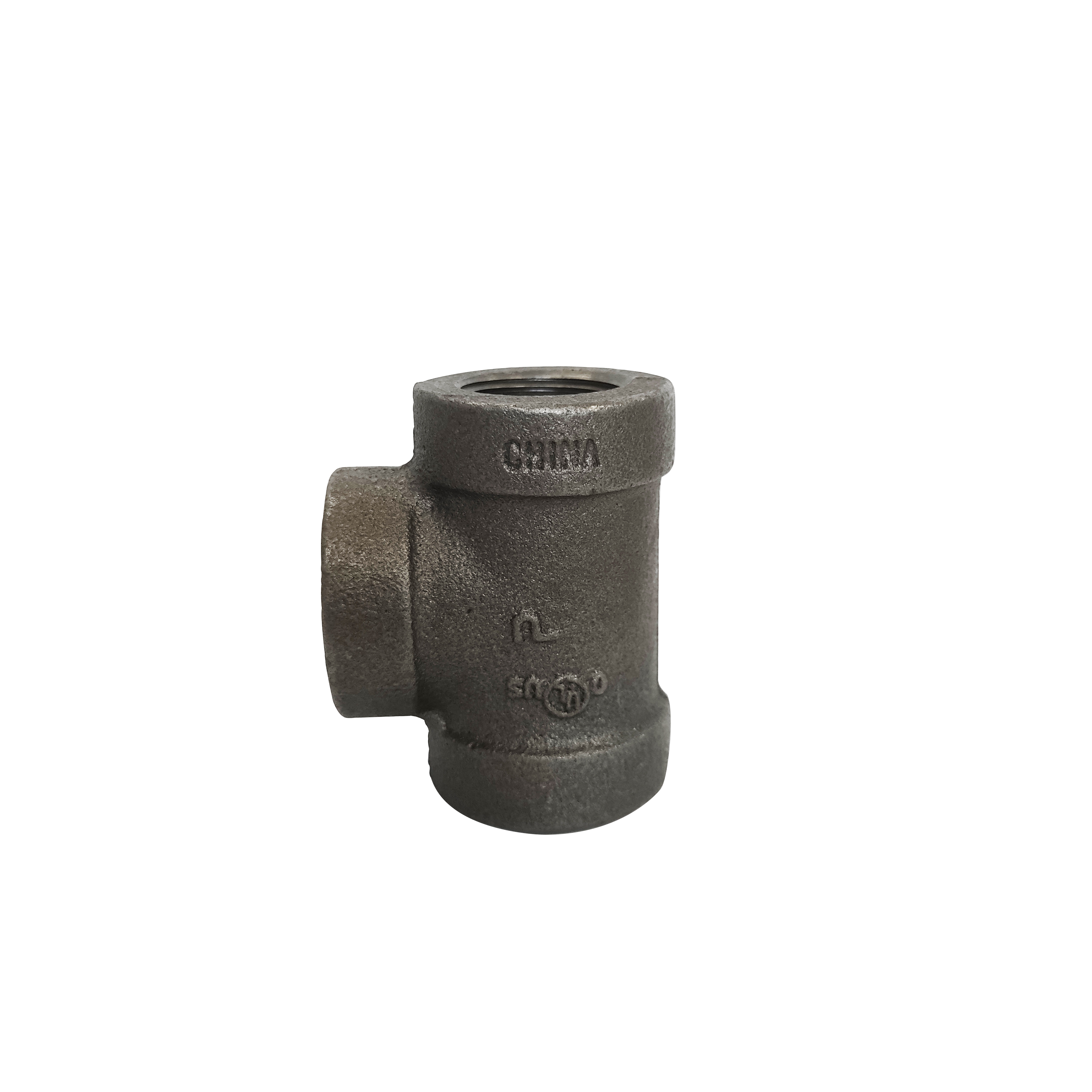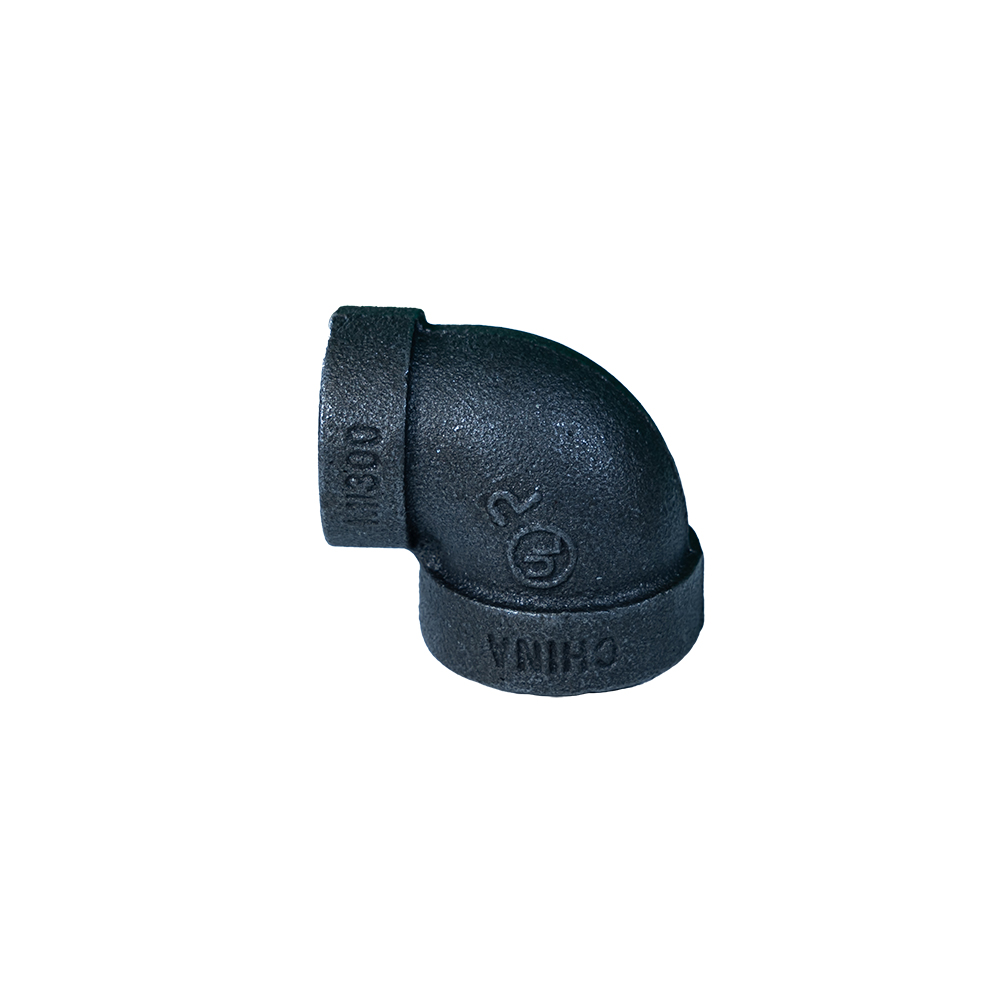The world of plumbing and piping is filled with a variety of essential components that ensure the smooth flow of fluids and the integrity of systems. From closures that safeguard the ends of pipes to the intricate threads that create secure connections, and the diverse range of fittings that shape the layout, each element plays a crucial role. Let's explore in detail threaded pipe cap, what is npt thread, types of plumbing pipe fittings, e metal plumbing fittings, uncovering their significance and applications.
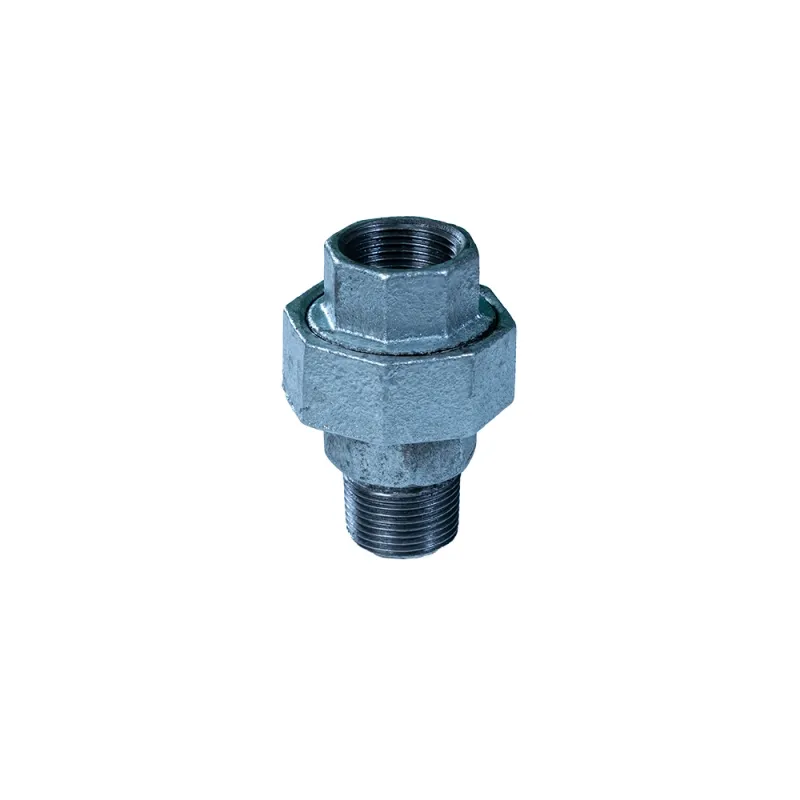
Safeguarding Pipes with Threaded Pipe Caps
In plumbing and piping setups, a vital yet often overlooked component is the threaded pipe cap. These caps serve as protective closures, sealing the ends of pipes to prevent debris from entering, safeguard against leaks, and maintain the cleanliness of the internal system. They are typically screwed onto the threaded ends of pipes, creating a tight seal. For instance, in a residential plumbing system, when a pipe section is temporarily not in use or during installation before connecting to fixtures, a threaded pipe cap ensures that no unwanted particles can infiltrate. Available in various materials such as brass, stainless steel, and plastic, these caps can be selected based on the specific requirements of the plumbing application, whether it's for water supply lines, drainage systems, or industrial piping. Their simple yet effective design makes them an indispensable part of maintaining the functionality and longevity of any piping network.
Decoding the Mystery of NPT Threads
When it comes to creating reliable connections in plumbing and piping, understanding what is npt thread is key. NPT, or National Pipe Thread - Taper, is a standardized threading system widely used in North America. The tapered design of NPT threads is what sets them apart; as the fitting is tightened, the threads gradually narrow, creating a mechanical seal that, when combined with appropriate sealants, effectively prevents leaks. This makes NPT threads ideal for applications where transporting fluids or gases under pressure is involved, such as in water supply lines, gas pipelines, and industrial piping systems. In a commercial kitchen, for example, NPT - threaded connections are often used for gas lines to ensure a secure and leak - proof link between appliances and the main gas supply. The standardized nature of NPT threads also allows for easy interchangeability of fittings, simplifying installation and maintenance processes across different plumbing projects.
Exploring the Diverse Types of Plumbing Pipe Fittings
The plumbing industry relies on a vast array of types of plumbing pipe fittings to construct functional and efficient systems. These fittings come in numerous shapes and sizes, each serving a distinct purpose. Elbows, for instance, are essential for changing the direction of pipes, available in angles like 45 - degree and 90 - degree to navigate around obstacles and direct the flow as needed. Tees are used to create branches, allowing water or other fluids to split and flow to different fixtures or areas. Crosses, similar to tees but with an additional outlet, offer more complex branching options. Couplings are used to join two pipes of the same or similar size end - to - end, while adapters bridge the gap between pipes of different sizes or materials. In a large - scale residential plumbing project, a combination of these fittings is carefully selected and installed to ensure that water reaches every faucet, showerhead, and toilet efficiently, while also allowing for proper drainage and waste removal.
The Strength and Reliability of Metal Plumbing Fittings
For durability and long - lasting performance in plumbing systems, metal plumbing fittings are a top choice. Metals such as brass, copper, stainless steel, and galvanized steel are commonly used to manufacture these fittings. Brass fittings are known for their corrosion resistance, malleability, and aesthetic appeal, making them popular for both residential and commercial applications, especially in visible plumbing fixtures. Copper fittings offer excellent heat conductivity and are highly resistant to corrosion, making them suitable for hot and cold water supply lines. Stainless steel fittings, on the other hand, are incredibly strong, durable, and resistant to rust and chemical corrosion, making them ideal for industrial and marine plumbing environments where harsh conditions are prevalent. Galvanized steel fittings, coated with a layer of zinc, provide enhanced protection against rust and are commonly used in outdoor plumbing and large - scale construction projects. The inherent strength and reliability of metal plumbing fittings ensure that they can withstand high pressures, temperature variations, and the rigors of daily use, contributing to the overall stability and functionality of plumbing systems.
Plumbing Components FAQs
How do I choose the right size of threaded pipe cap?
To choose the correct size of a threaded pipe cap, measure the outer diameter of the pipe's threaded end. Pipe sizes are standardized, so you can match the measurement to the corresponding cap size. It's crucial to ensure an exact fit to create a proper seal and prevent any issues like leaks or the cap coming loose. Additionally, consider the material and pressure rating requirements of your plumbing system when selecting the cap.
Can NPT threads be used with other threading systems?
NPT threads are designed specifically for their own standardized system and are not directly compatible with other threading systems without the use of adapters. Mixing NPT with different threads can lead to poor connections and leaks. If you need to connect pipes or fittings with different thread types, use appropriate conversion adapters that are designed to bridge the gap between the systems while maintaining a secure seal.
What are the advantages of using metal plumbing fittings over plastic ones?
Metal plumbing fittings generally offer greater strength, durability, and resistance to high temperatures and pressure compared to plastic fittings. They are less likely to crack or deform under stress, making them suitable for heavy - duty applications. Metals like copper and brass also have natural antimicrobial properties, which can be beneficial in water supply systems. However, plastic fittings may be more cost - effective, lightweight, and easier to install in some cases, so the choice depends on the specific requirements of the plumbing project.
How often should I inspect my plumbing pipe fittings for wear and tear?
Regular inspection of plumbing pipe fittings is recommended, especially in systems that are in constant use. For residential plumbing, an annual inspection is a good practice to check for signs of leaks, corrosion, or loose connections. In commercial or industrial settings where the plumbing systems are more complex and under higher stress, quarterly or even monthly inspections may be necessary to identify and address any potential issues before they escalate into major problems.
Post time: Ago-26-2025


